1. Fatal Attraction (1987)
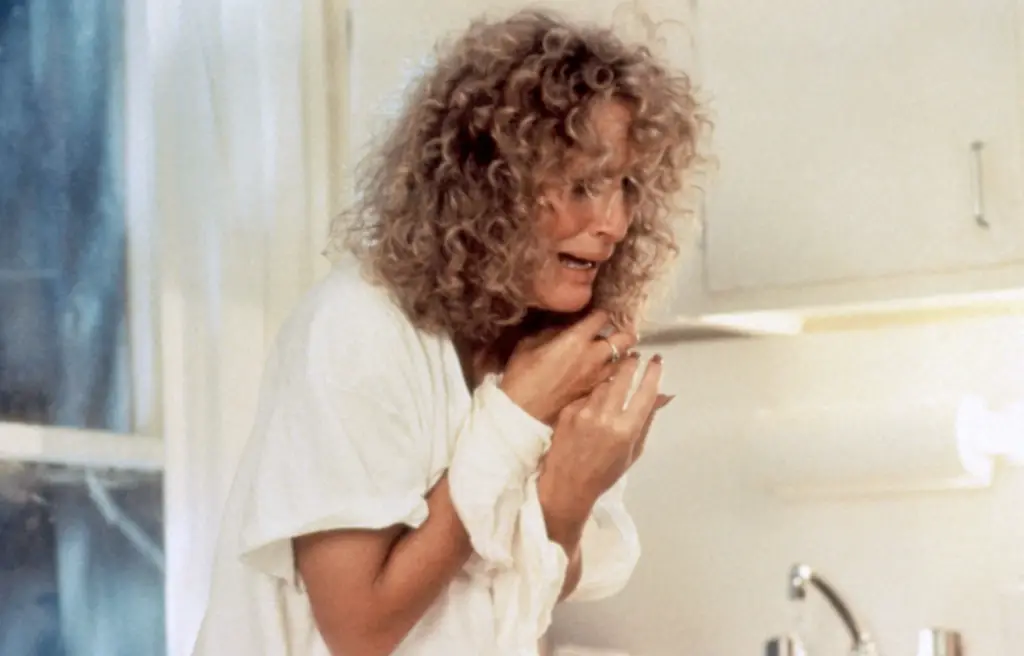
When Fatal Attraction hit theaters, audiences were rattled by how it turned an affair into a terrifying nightmare. Glenn Close’s portrayal of Alex Forrest, a woman scorned, was raw and unnerving in ways that still make viewers uneasy. The infamous bunny-boiling scene was so shocking it became part of pop culture vocabulary, and people left theaters rethinking casual flings. Michael Douglas as the cheating husband gave the movie a layer of everyman vulnerability, which made it all the scarier.
The film sparked conversations about morality, family, and mental health, things not often tackled in thrillers at the time. Critics praised Close for embodying both vulnerability and menace, making Alex unforgettable. The movie didn’t just shock—it created watercooler debates across the country. It remains iconic because it dares to show how one mistake can spiral into total chaos.
2. The Shining (1980)
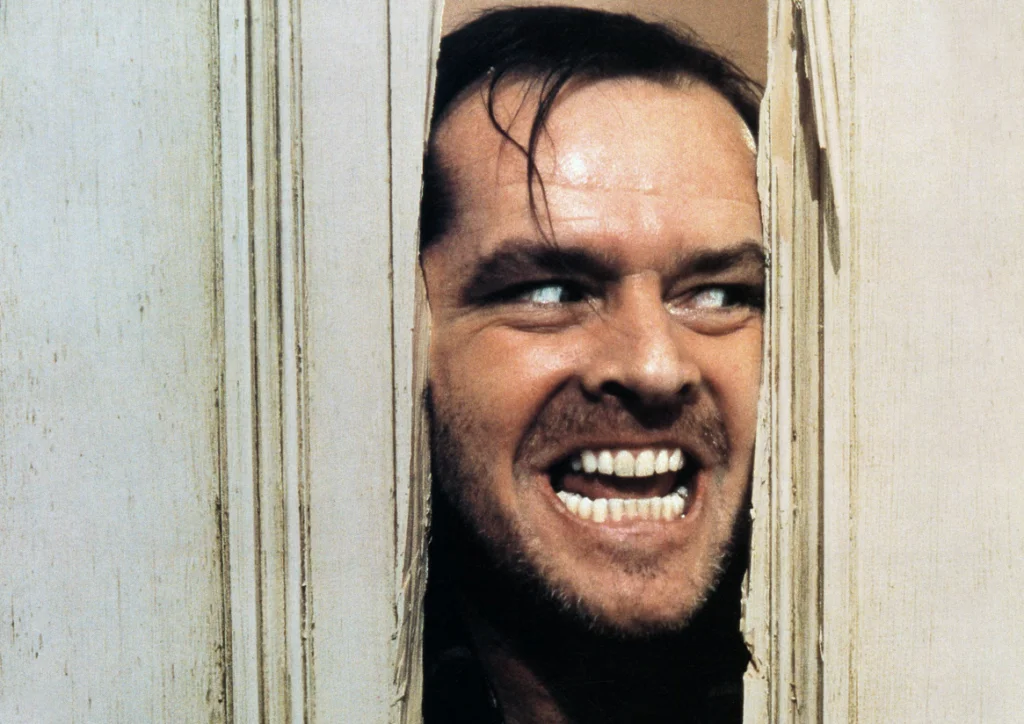
Stanley Kubrick’s adaptation of Stephen King’s The Shining wasn’t just scary—it was psychologically scarring. Jack Nicholson’s descent into madness at the haunted Overlook Hotel made people uneasy in ways traditional horror hadn’t done before. The “Here’s Johnny!” scene still sends chills decades later, with Nicholson’s wild eyes and unhinged grin.
Audiences were disturbed by the eerie atmosphere, the ghostly twins, and the relentless sense of dread. Even though King wasn’t thrilled with the adaptation, the film cemented itself as a horror masterpiece. Wendy’s terror, Jack’s insanity, and Danny’s haunting “redrum” created layers of nightmare fuel. It’s still iconic because it’s more than a horror movie—it’s a study of isolation, obsession, and the human mind unraveling.
3. Blue Velvet (1986)
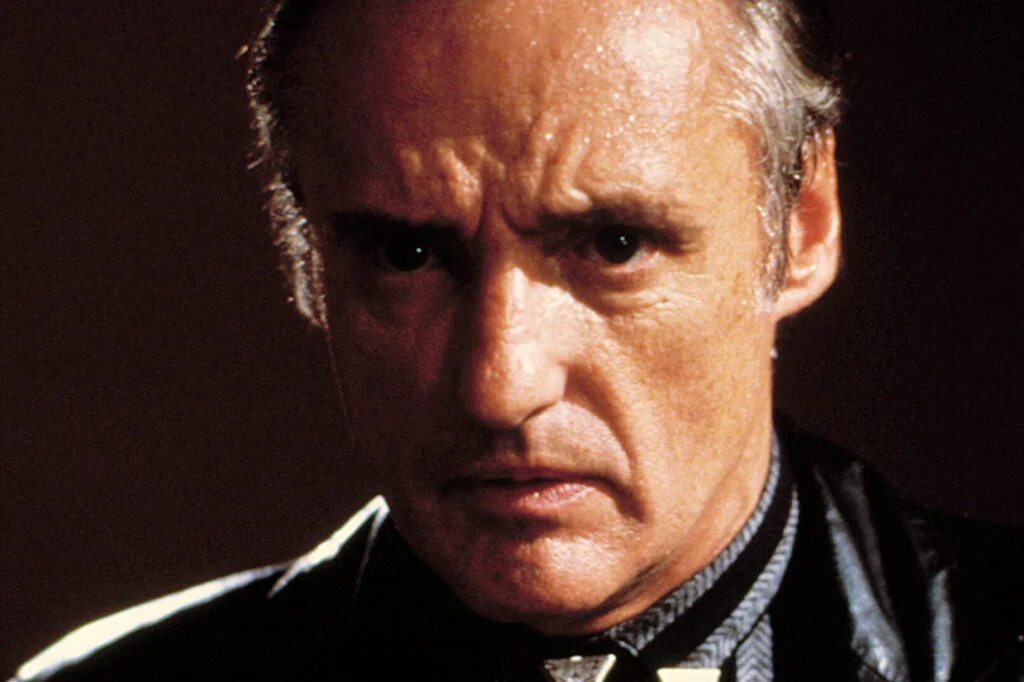
When David Lynch released Blue Velvet, audiences didn’t know what hit them. On the surface, it seemed like a suburban mystery, but beneath the neat lawns and white fences was a twisted underbelly. Dennis Hopper’s performance as the sadistic Frank Booth was both terrifying and unforgettable, cementing him as one of cinema’s most shocking villains.
The movie dared to mix the idyllic with the grotesque, shocking people with its raw violence and unsettling sexual themes. Isabella Rossellini’s role pushed boundaries, making audiences squirm in their seats. Critics were divided, but the film’s daring storytelling gave it a cult following. Today, it’s remembered as one of the boldest movies of the ’80s, changing how filmmakers could portray darkness in everyday life.
4. The Elephant Man (1980)
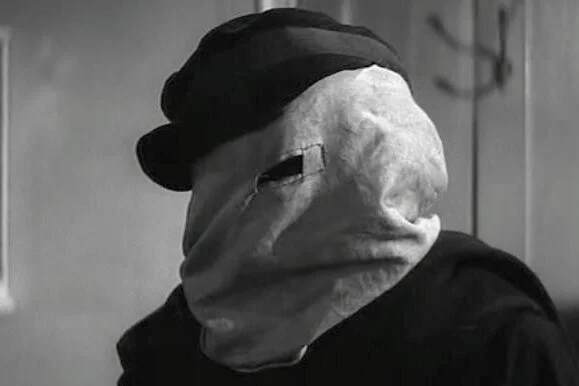
David Lynch struck another nerve with The Elephant Man, though this time with a much more heartbreaking tone. Based on the true story of Joseph Merrick (renamed John Merrick in the film), it stunned audiences with its depiction of humanity and cruelty. John Hurt’s performance as the severely deformed Merrick was both haunting and tender, showing the pain of being treated as a spectacle.
The film shocked audiences not through gore, but through empathy. Anthony Hopkins as Dr. Treves revealed both compassion and the ethical dilemmas of “helping” someone who is also being studied. Shot in stark black-and-white, the movie’s realism made Merrick’s struggles feel raw and immediate. People left theaters deeply moved, and the film’s legacy remains in its ability to challenge what it means to be human.
5. Scarface (1983)
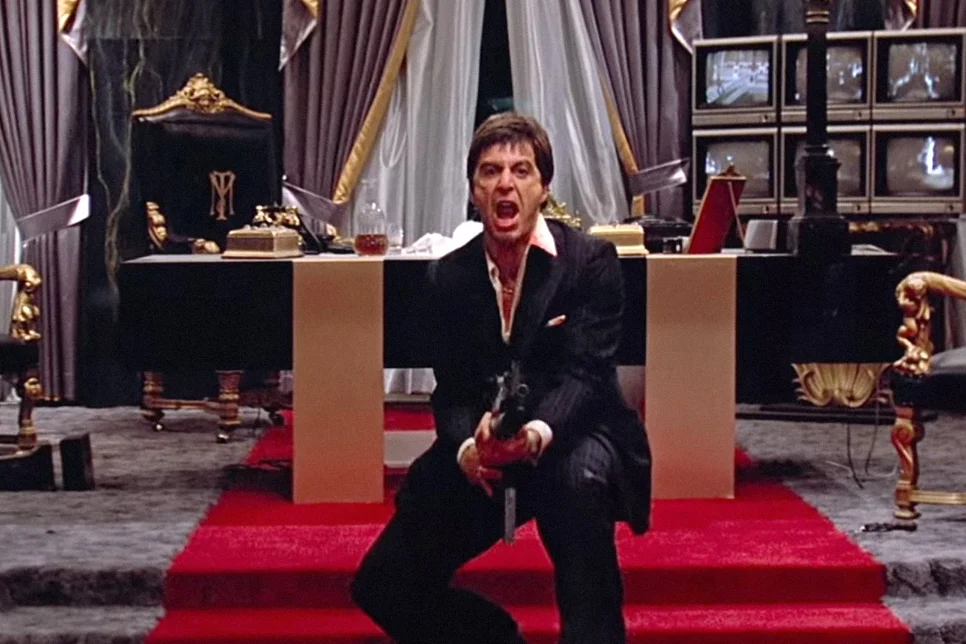
Brian De Palma’s Scarface didn’t just rattle audiences, it practically blew them out of their seats with its excess. Al Pacino’s Tony Montana was loud, violent, and unapologetically ruthless. The bloody chainsaw scene early in the film shocked even seasoned moviegoers, setting the tone for a film that never pulled punches.
The movie was criticized for its brutality and profanity, but it also became a cultural phenomenon. Its raw depiction of greed and ambition was shocking for the time, and Pacino’s performance made Tony Montana larger than life. Despite initial backlash, Scarface found a second life as an icon of ’80s cinema. To this day, its catchphrases and imagery remain etched in pop culture.
6. Platoon (1986)
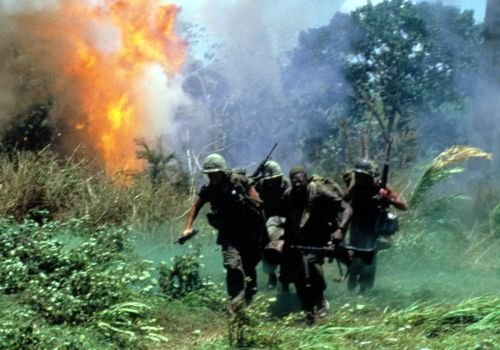
Oliver Stone’s Platoon shocked audiences by showing the Vietnam War with a brutal honesty rarely seen before. Unlike earlier war films that leaned into heroism, this one highlighted the chaos, fear, and moral corruption of combat. Charlie Sheen, Willem Dafoe, and Tom Berenger gave performances that left viewers shaken.
The raw violence, coupled with Stone’s own experience as a Vietnam veteran, made the film intensely authentic. Scenes like Sgt. Elias’s tragic death were seared into the minds of audiences. It wasn’t just shocking—it was a gut punch that brought home the cost of war. Platoon earned critical acclaim and an Academy Award for Best Picture, cementing it as a defining war film.
7. The Untouchables (1987)
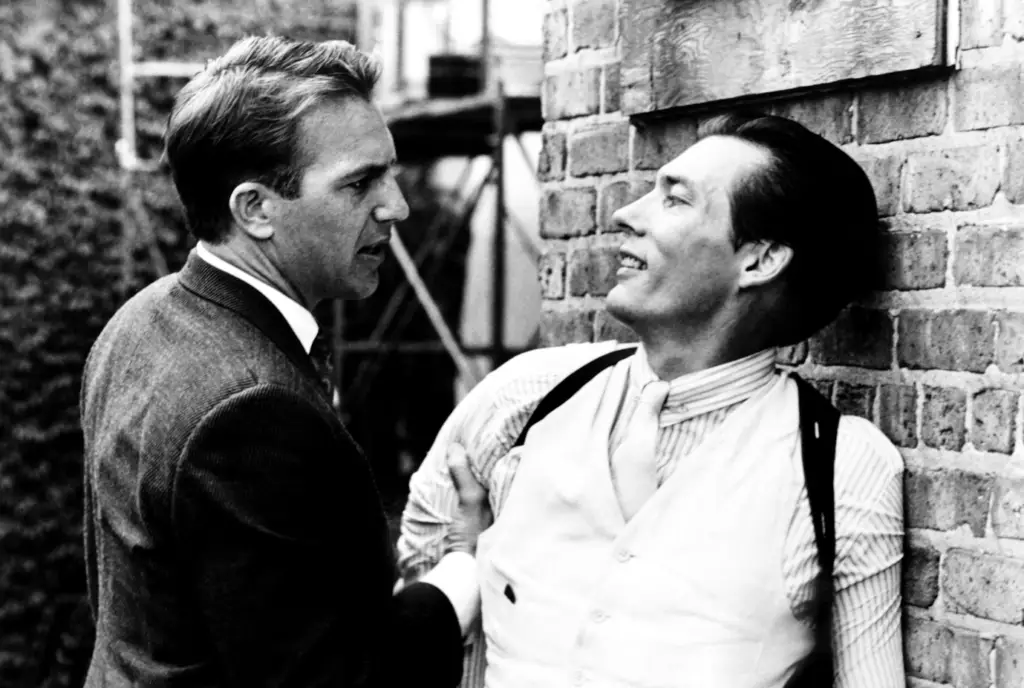
The Untouchables may have been a crime drama, but one particular scene shocked moviegoers and became iconic. Brian De Palma staged a violent shootout on a staircase, echoing the style of Russian silent cinema, and the tension was unbearable. The violence wasn’t just action—it felt brutal, raw, and chillingly real.
Kevin Costner’s Eliot Ness and Robert De Niro’s Al Capone kept viewers invested, but the shocking brutality raised the stakes. Sean Connery’s Oscar-winning role added gravitas, making his character’s fate all the more memorable. People were stunned at how stylishly the violence was framed, making it almost unbearable to watch yet impossible to look away. That mix of artistry and shock is why it remains legendary.
8. A Nightmare on Elm Street (1984)
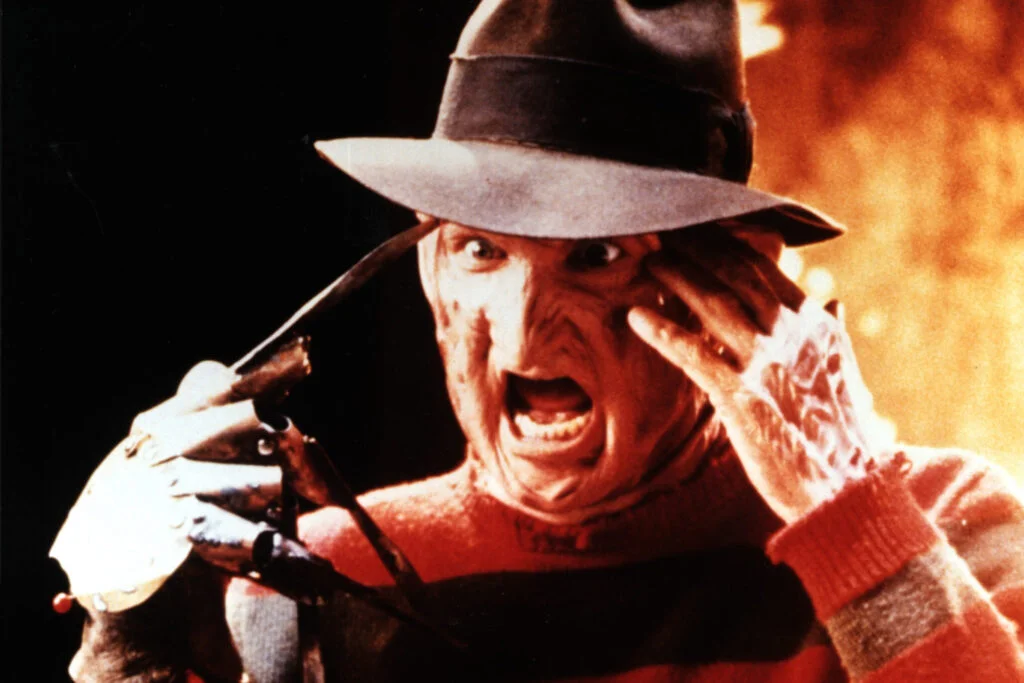
When A Nightmare on Elm Street premiered, audiences had never seen a villain quite like Freddy Krueger. With his burned face, razor glove, and ability to haunt dreams, Robert Englund’s Freddy terrified viewers in a whole new way. The idea that you weren’t even safe while sleeping was shocking, and people left theaters rattled. The mix of surreal dream sequences and grisly deaths gave the film an edge that set it apart from other slashers of the decade.
What also made it unforgettable was its creativity. Instead of relying only on jump scares, Wes Craven’s film tapped into universal fears about sleep, helplessness, and being hunted. The bathtub scene and the wall-stretching moment are still talked about today for their originality. Freddy went on to become a horror icon, but in 1984, his debut shocked audiences and forever changed the slasher genre.
9. The Terminator (1984)

When The Terminator first hit theaters, audiences were floored by its mix of science fiction and relentless horror. Arnold Schwarzenegger’s portrayal of the cyborg assassin was chilling, not just because of his size, but because of his unfeeling persistence. The idea of a machine that couldn’t be reasoned with, bargained with, or stopped was terrifying. James Cameron’s gritty direction made it feel like a nightmare that could actually happen.
What shocked people most was the sheer intensity. From the brutal police station massacre to the shocking special effects, the movie never let up. Linda Hamilton’s Sarah Connor started as an ordinary young woman, but by the end, she was a hardened survivor, which gave the film an empowering edge. It wasn’t just an action movie—it was a story about survival against impossible odds, and that’s why it’s still iconic today.
10. RoboCop (1987)
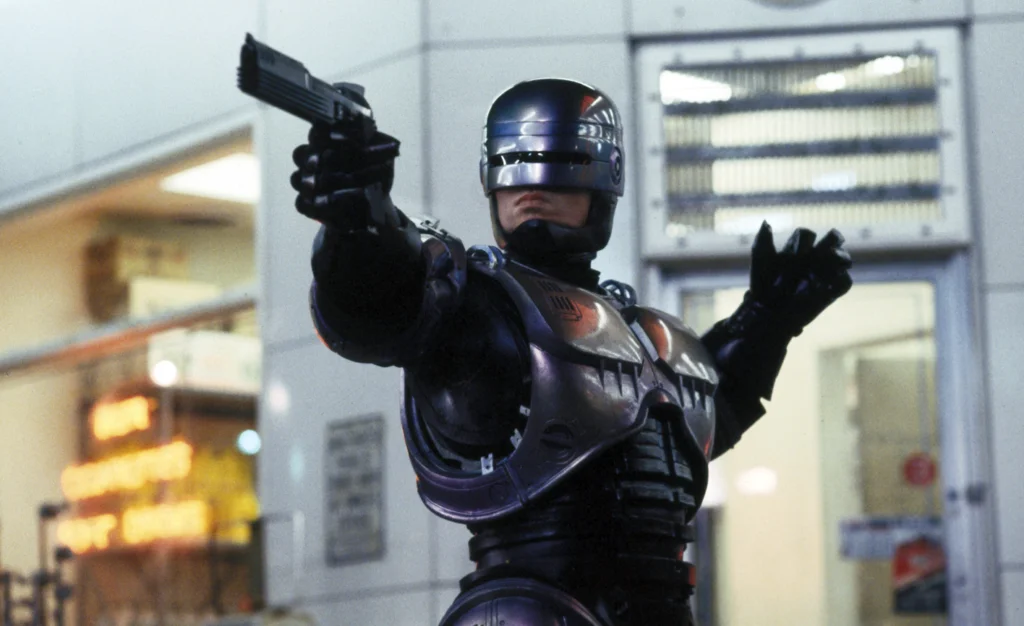
At first glance, RoboCop looked like a sci-fi action flick, but audiences were shocked by how violent it actually was. The execution of Murphy, played by Peter Weller, was particularly brutal, leaving viewers stunned. The over-the-top gore was mixed with sharp social satire, making it unlike anything people had seen before.
Paul Verhoeven’s film shocked with its rawness but also made people think about corporate greed and the future of law enforcement. Its mix of ultraviolence and biting humor gave it a cult following. People still quote its lines and revisit it for its sharp commentary. Decades later, it’s iconic because it dared to be both grotesque and smart.
11. Henry: Portrait of a Serial Killer (1986)
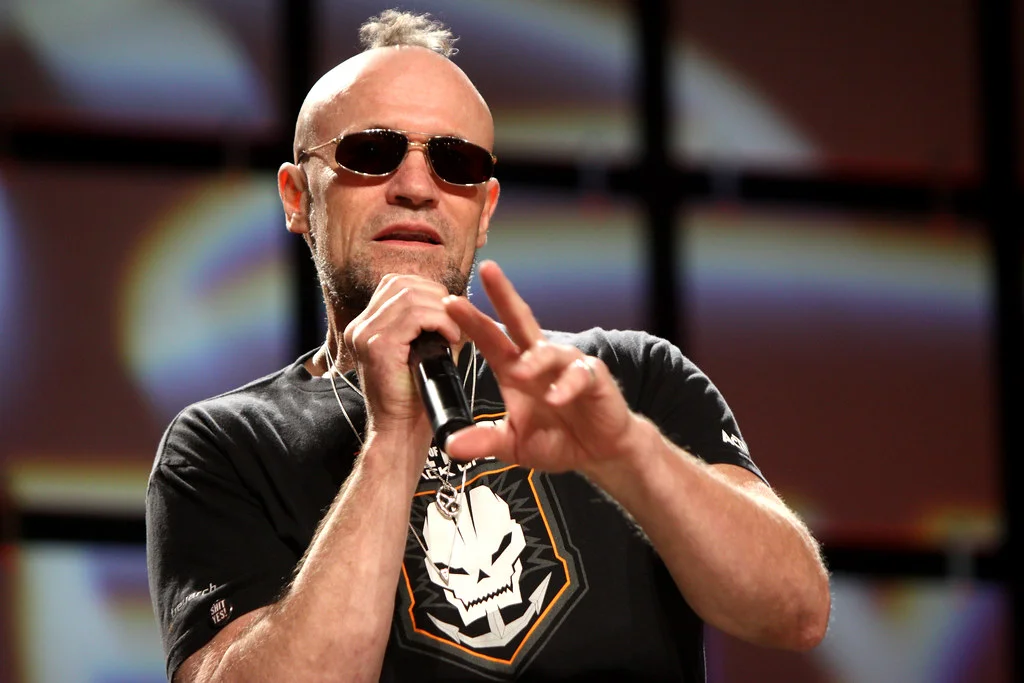
Though smaller in release, Henry: Portrait of a Serial Killer left those who saw it shocked to their core. Based loosely on real-life murderer Henry Lee Lucas, it didn’t glamorize or exaggerate—it portrayed killing with a cold, unsettling detachment. Michael Rooker’s chilling performance made Henry unforgettable.
Audiences weren’t used to seeing violence depicted so matter-of-factly, without music or stylized editing. It felt disturbingly real, which made it linger in people’s minds. The film had trouble getting released because of its brutality, but over time it gained a cult following. Today, it’s remembered as one of the most shocking crime films of the ’80s.
12. Stand by Me (1986)
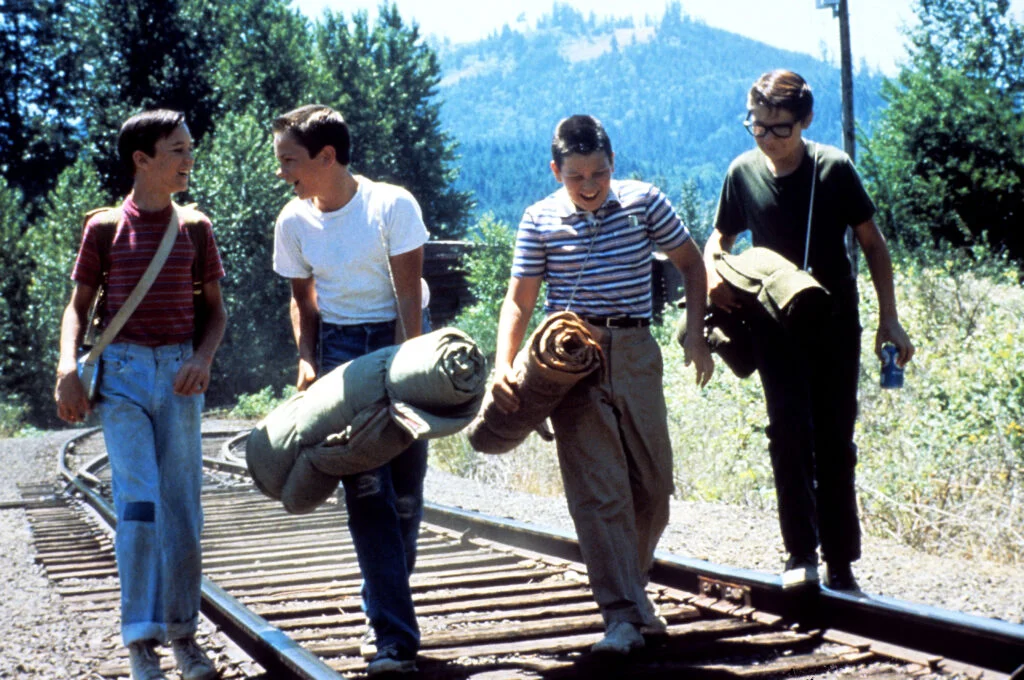
Rob Reiner’s Stand by Me shocked audiences not with gore or violence, but with its raw honesty about childhood and mortality. Based on Stephen King’s novella, it followed four boys who set out to find the body of a missing kid. What could have been a simple adventure story instead became a deeply emotional coming-of-age film. The vulnerability of the boys and the way they confronted death resonated in a way many weren’t expecting.
The movie also stood out because it didn’t sugarcoat growing up. Themes of abuse, neglect, and loss of innocence were woven into the journey, making it both heartwarming and heartbreaking. River Phoenix, Wil Wheaton, Corey Feldman, and Jerry O’Connell gave performances that felt painfully real. Audiences were surprised at how much it made them reflect on their own youth. Decades later, it’s still iconic for capturing the bittersweet truth about friendship and growing up.
13. The Thing (1982)
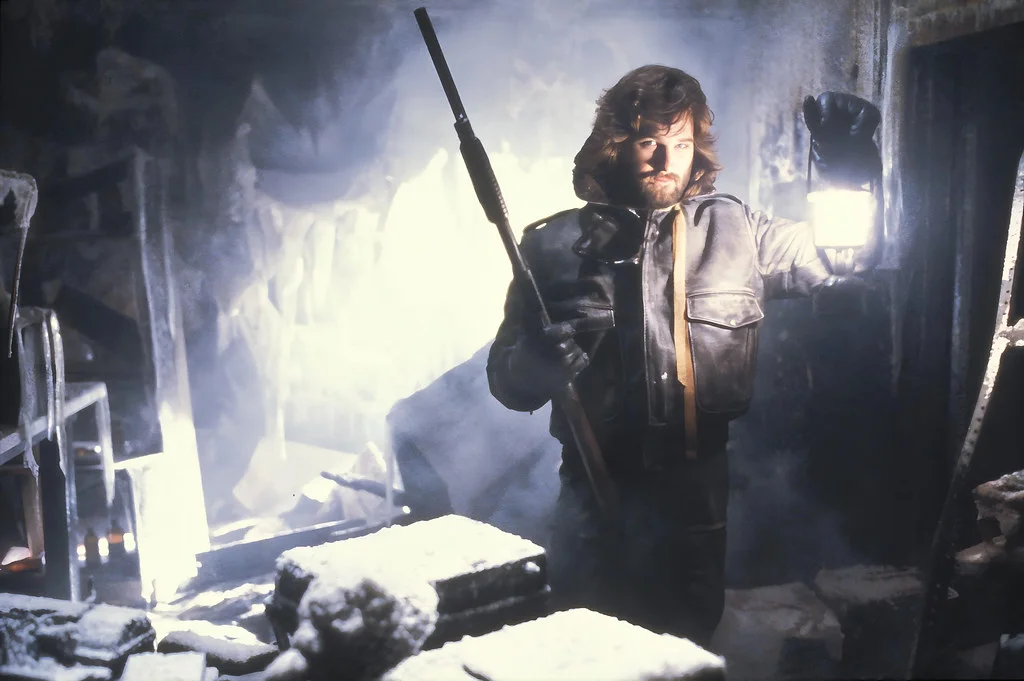
John Carpenter’s The Thing shocked audiences with its groundbreaking special effects and relentless paranoia. The grotesque alien transformations were unlike anything viewers had seen before, pushing the limits of horror makeup. Kurt Russell’s performance anchored the chaos, but the film’s real shock came from its atmosphere of mistrust.
Audiences didn’t know who to believe or who might be infected, and that psychological terror made the gore even scarier. At the time, critics weren’t kind to the film, but it slowly gained respect. Today, it’s iconic not only for its practical effects but for its bleak, unforgettable ending. It remains one of the scariest movies of the ’80s.
14. Full Metal Jacket (1987)
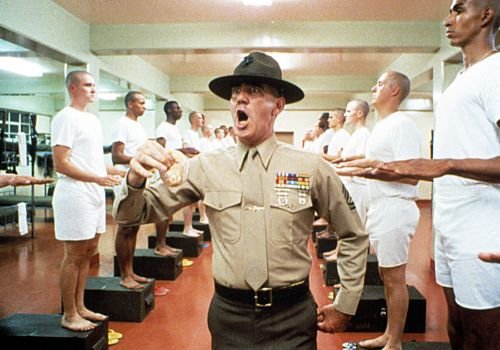
Stanley Kubrick’s Full Metal Jacket stunned audiences by showing two very different sides of war. The first half focused on brutal Marine training, with R. Lee Ermey’s drill sergeant delivering shocking abuse. The second half dropped viewers into the chaos of Vietnam.
The film’s shocking moments included Pvt. Pyle’s tragic breakdown, a scene that haunted audiences long after. Kubrick didn’t sugarcoat the dehumanization of war, and that honesty was what made it so powerful. People were both disturbed and impressed by the film’s unflinching approach. It’s still iconic because it dared to show war as soul-crushing from start to finish.


